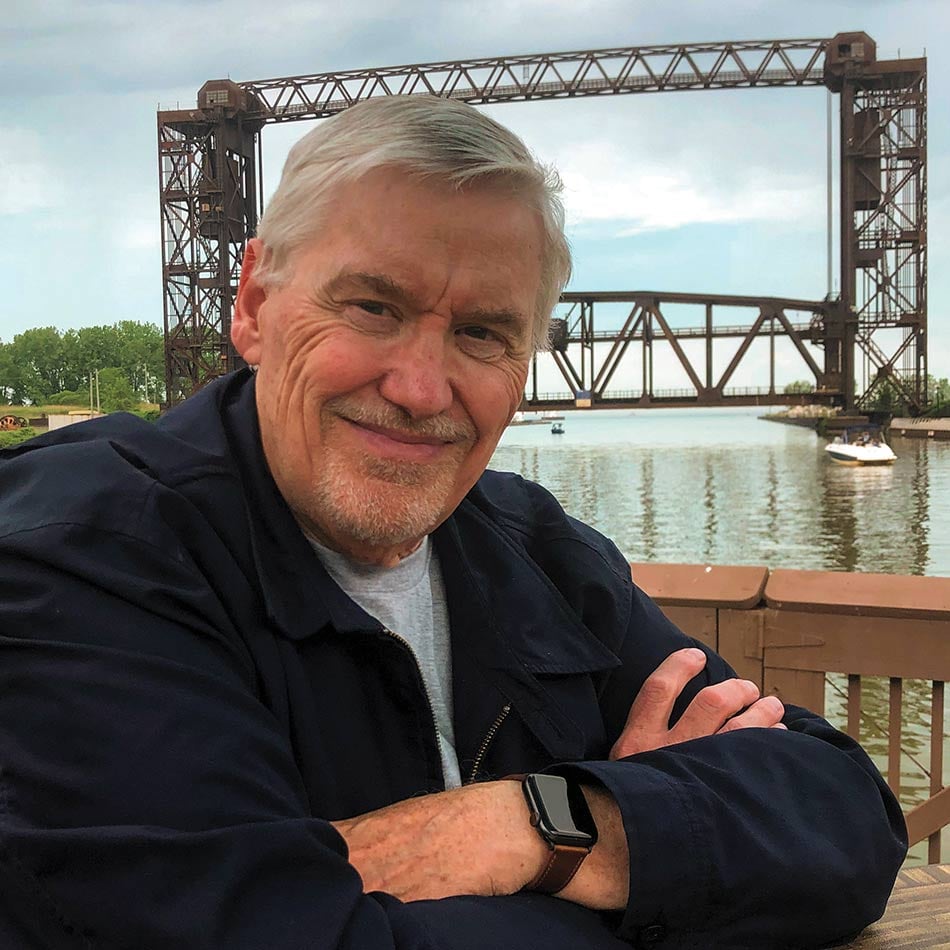Lessons Learned
By Rick Holmes
I was born with a congenital heart defect. Growing up in Detroit in the 1950s, I didn't have a lot of energy. I’d go down to the playground to play ball with my buddies, and if I ran a bit, I’d turn blue and fall over.
When I was around 6 years old, I had a heart catheterization. My doctor went to Cleveland Clinic to learn the proper technique, then he came back and performed it on me.
Three years later, when I was 9, I had surgery to repair a severely constricted aorta and a defective heart valve. Again, the surgeons in Detroit had come to Cleveland Clinic to learn how to do it. I spent an entire summer recovering.
Afterward, I was restricted from playing sports, so I had to turn my attention somewhere else. For me, that was studying. I became a lifelong learner, which has served me well in my career. The circumstances really put me in that position.
Almost 20 years ago, I relocated to Cleveland, and I became a Cleveland Clinic patient myself. I saw a display there of historical photos of Cleveland Clinic cardiologists, and it made me reflect on the major impact that Cleveland Clinic had, even from a distance, on my life when I was a child.
Rick Holmes, now retired, launched his career as an automotive design engineer at General Motors. He went on to become an engineering executive for Fortune 500 firms, an operations executive for major automotive manufacturers and suppliers, and president and CEO of a specialty steel manufacturing company.

Photo: Courtesy of Rick Holmes
